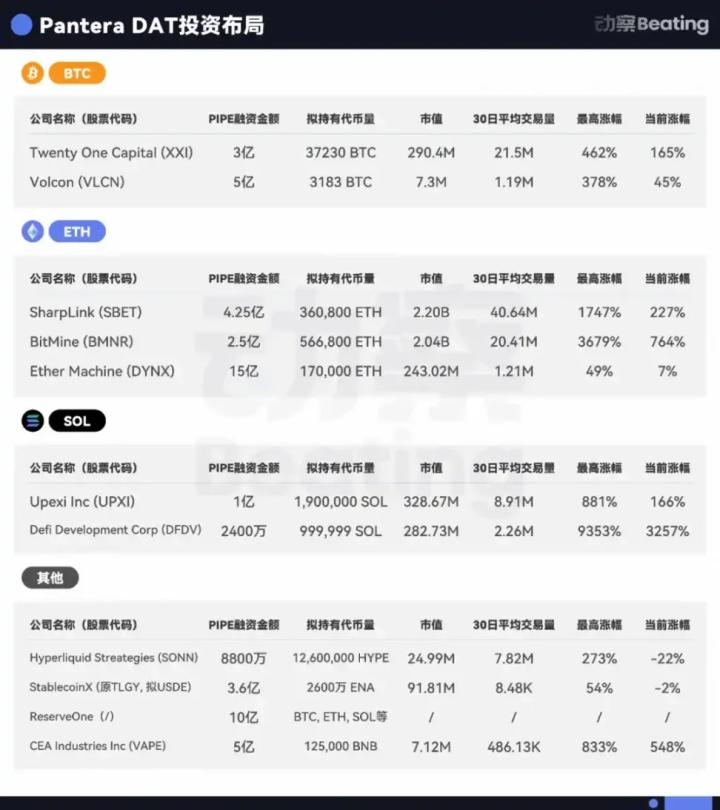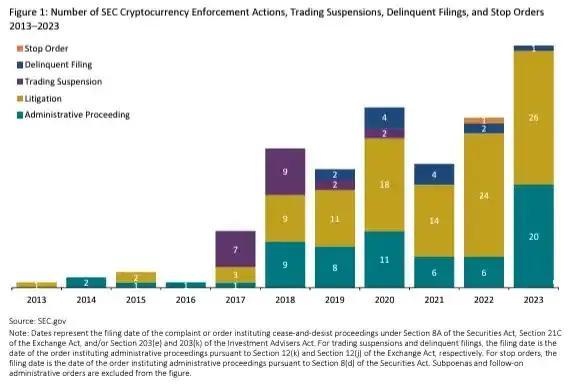A Series of Measures
In the past few weeks, this blockchain network with a market value of $82 billion, the sixth-largest, has undergone a series of initiatives to expand its business beyond Crypto speculators and hot tokens.
In May, the Solana Foundation reached a tokenization agreement with the global software group R3. R3 manages tokenized assets worth $10 billion for traditional financial giants such as Euroclear, HSBC, and Bank of America.
In the past two months, three listed companies have purchased SOL worth millions of dollars and incorporated it into their balance sheets, reflecting Michael Saylor's BTC treasury strategy.
The development team behind Solana, Solana Labs, even opened a luxurious new headquarters called "Skyline" in downtown Manhattan. For an industry proud of remote work and anonymity, establishing a physical base seems to go against the spirit of DeFi, but for some developers, it's a breath of fresh air.
"Having an office building is a great move because everyone is there," said Jean Herelle, founder of CrunchDAO. "You can go to New York for a week and directly ask the Solana technical team questions at that building."
He added that members of the non-profit organization managing the network, the Solana Foundation, will also work in the building. Moreover, this center sets the tone for the next step of development by showing that Solana Labs is not shy about borrowing strategies from traditional enterprises.
Solana has always been known for providing ultra-high-speed transaction services, with transaction costs only a small fraction of its competitor Ethereum's.
According to Solscan data, Solana processed over 4,000 transactions per second in the past 24 hours, with an average cost of only 0.5 cents.
"Using this technology for Memecoin is too limited; the market is much larger," Herelle said. "I call it institutional-scale black hole. Trillions of dollars."
Trading Strategy
Herelle switched from Ethereum to Solana in 2024, stating that speed was the key reason for CrunchDAO's transformation.
CrunchDAO uses machine learning to extract trends from blockchain activities, which is crucial for financial institutions looking to build trading strategies or products for their clients.
Herelle said that thanks to the Solana Labs team's mediation, he was able to meet with executives from Franklin Templeton and BlackRock at the Skyline office. However, whether Solana can successfully transform into the preferred blockchain for financial companies remains to be seen.
"Let's see if they can do it; it's like a speculative market trying to transform into a bank," said John Nahas, Chief Business Officer of competitor Layer1 Avalanche, in an interview with DL News in April.
Analysts from Standard Chartered Bank said in May that Solana's price performance would continue to be sluggish as the Memecoin speculation fever subsides.
"We may have indeed passed the peak of Memecoin," wrote Geoff Kendrick, "Therefore, we expect Solana to underperform Ethereum in the next two to three years before catching up."
Ethereum's Dominance
Meanwhile, the second-largest blockchain, Ethereum, still far leads Solana in almost all institutional metrics, including stablecoin issuance, tokenized funds, and DeFi activities.
According to defillama data, Ethereum occupies nearly two-thirds of the $247 billion DeFi market, while Solana accounts for only 9%.
However, the Solana Foundation has proven to be a flexible organization that can grasp trends faster than the more established Ethereum network.
In April this year, Scaramucci's Skybridge Capital invested $50 million in a new staked SOL fund in Canada. Apollo, managing $785 billion in assets, also launched a $1.5 billion diversified credit fund on the Solana network in May.
SOL Strategies, the largest corporate holder of SOL, saw its stock price rise from around 5 cents in 2024 to a 3900% increase and was included in two Crypto asset ETFs under Invesco.
Washington Layout
"We've transformed from a penny stock area to being configured in some of the most powerful asset management ETFs with strict requirements on who can get shares," SOL Strategies CEO Leah Wald told DL News.
Meanwhile, supporters are strengthening Solana's influence in Washington as Congress and the Trump administration establish a regulatory framework for the Crypto asset industry.
In March this year, a group of well-known Crypto asset lobbyists established the Solana Policy Institute, a lobbying group aimed at educating regulators about the role of decentralized networks like Solana.
"Their goal is to make legislators think of Solana immediately after mentioning BTC, viewing it as an independent layer rather than mixing it with other tokens including Ethereum," said John Darsie, partner at Skybridge Capital, to DL News.
Investors are optimistic about Solana's performance: SOL's price has surged over 640% in the past two years, compared to Ethereum's 45% increase.
"First-mover advantage, then innovators, right?" said Michael Cahill, CEO of oracle developer Douro Labs, to DL News. "Innovators must disrupt at a faster pace, and I think Solana has been very successful."
DeFi's Backbone
Despite a series of downtime events between 2020 and 2024, Solana has been a key participant in critical DeFi developments.
Serum was one of the first decentralized exchanges launched on Solana in 2020, proving that on-chain exchanges could compete with centralized exchanges. However, Serum ultimately closed in 2022 after the collapse of the Crypto asset exchange FTX, which controlled Serum's smart contract.
According to NFT analytics provider CryptoSlam, Non-Fungible Tokens flourished on Solana in 2023, even briefly surpassing Ethereum in total sales.
After the launch of Pump.fun in 2024, Solana established itself as the preferred blockchain for Memecoin.
The project allows anyone to create a Memecoin with just a few clicks. Pump.fun also added a live streaming feature that creators could use to attract audiences across different social channels.
The feature was ultimately removed after a user posted a video of themselves attempting suicide. A subsequent investigation by DL News revealed that the suicide attempt was fabricated.
Nevertheless, the project quickly became popular and became one of the most successful mechanisms for attracting users to the Solana ecosystem.
According to data collected by dune analytics, Pump.fun has generated over 11 million different Memecoins since its inception, with a total revenue of over $520 million and spawning more than 18.8 million new Solana addresses.
Multiple Advantages
It is precisely because of these developments that Solana supporters have begun to turn to large banks and fund management companies.
On an afternoon in April, executives from VanEck, Fidelity, and Apollo walked into the Solana Skyline office on East Houston Street in New York.
Kyle Gannon, marketing manager at QuickNode, told DL News that this event, sponsored by QuickNode, was aimed at introducing Solana's various advantages to financial institutions.
"This is a massive push," he said. "Understanding the technological and economic landscape is crucial, especially when you work in these large institutions."
Tokenized Credit
Some audience members were more knowledgeable about the content than others.
Christine Moy, Digital Assets Director at Apollo, explained to an attentive audience Apollo's Crypto asset strategy. She elaborated on how their tokenized credit fund could further play a role in the DeFi field, how Crypto asset companies could collaborate with Apollo, and the associated risks.
"Let's be frank," Moy said, "If what we build together ultimately collapses, it won't help the ecosystem." She also reminded the audience that Apollo would not give up easily.
Accompanied by Nick Ducoff, Head of Institutional Business at the Solana Foundation, Moy said she would go all out. "Nothing can stop us right now," she said. "If you're ready, I'm ready to go big. The door is wide open."






